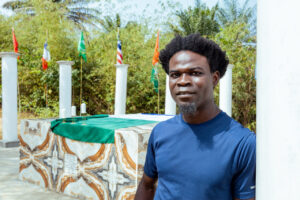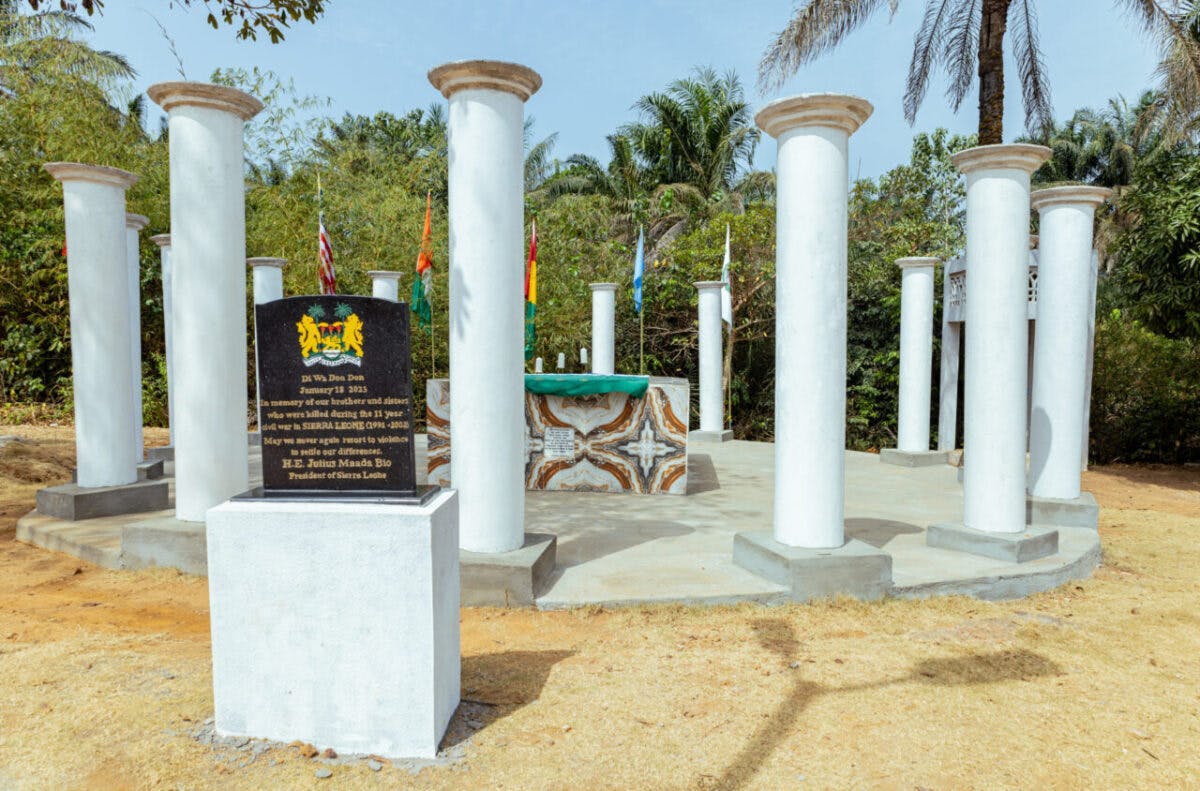March 23, 1991, was the day the first gunshots were fired in Sierra Leone, leading to the 11-year civil war that left thousands of people dead and many more displaced. The war, which quickly gained notoriety for being one of the most brutal in the world, exacerbated the country’s socio-economic problems, as it derailed it from whatever gains it had made in the past.
In fact, the history of Sierra Leone, as well as any analysis of its prevailing conditions cannot be complete without reference to the country’s civil war that raged on between 1991 and 2002 when it ended through a combination of mediation and military intervention.
What really happened on March 23, 1991? The dominant narrative is that rebels from the Revolutionary United Front (RUF) invaded Sierra Leone on that day, marking the start of 11 years of carnage and destruction.
However, Joseph Kailfala, who runs the Centre for Memory and Reparation in Sierra Leone, adds an element to the story which traces it to a dispute between soldiers of the Sierra Leonean army and National Patriotic Front of Liberia (NPFL) rebels.
According to Kaifala, as the war in Liberia continued in 1991, Sierra Leonean soldiers who were deployed to help secure the country’s borders started buying looted items from rebels across the border.
“Liberian rebels started selling their loot to Sierra Leonean army officers, who got hooked to the trade because of the profit they made buying cheap goods and selling them at much higher prices in Sierra Leone,” Kaifala told Engage Salone.
This, according to Kaifala, went on until a Sierra Leonean army Major, Emmanuel Foday took a pick up vehicle a Liberian rebel commander had sent across for sale. Major Foday reportedly refused to either pay for the stolen vehicle or send it back to Mekunagbay, the Liberian commander, he added.
“Following peaceful attempts to get his money or the vehicle back, Mekunagbay sent a group of soldiers to retrieve the vehicle. They attacked the village, killed a number of people, including army officers and left.”
A few weeks after the attack, the RUF rebels invaded Sierra Leone from Liberia, Kaifala told Engage Salone.
After that day in March 1991, Sierra Leoneans knew no peace for 11 years as rebels attacked villages, towns and cities, killing and maiming civilians in their campaign.
“We [at the Centre of Memory and Reparations] believe that we must not forget where we are coming from and that makes March 23 significant to Sierra Leoneans.”
He said, “it is important for us as a nation to pause on this day every year to commemorate and remember those we lost in the civil war”.

Kaifala added that memorialising the war would create an opportunity for discussing the consequences of the conflict and charting a path to build a better Sierra Leone.
That is why, he says, the organisation he runs has established a civil war memorial in Lungi, Northwestern Sierra Leone, where they have constructed a “tomb of the unknown civilian” and a “flame of peace”–two features that he believes helps to remind Sierra Leoneans of their past.
“This tomb represents all the unknown civilians who were buried in more than 100 mass graves around the country.”
“The tomb was constructed using soil from some of Sierra Leone’s many mass graves around the country to create a symbolic burial site for all those who were buried in mass graves,” he said when a team from Engage Salone visited the memorial in Lungi.
Kaifala has also been travelling Sierra Leone with his team, identifying and preserving mass graves, an activity that makes him fondly refer to their organisations as “tomb builders”.
“We also want to make those mass graves sites of conscience,” he said.
As he sat down at the memorial’s palm wine corner, which he says is also a classroom for teaching young people about climate change and conservation, Kaifala reflected on what happened during the country’s war and noted that Sierra Leoneans “should do everything in our power so that we can never return to the sort of violence that we saw”.
“Till date, there are people in our communities who are still suffering from the trauma of the violence they saw during the war,” he said, adding that enough has not been done to help people heal.
After the war ended, a truth and reconciliation commission was established to investigate what happened. The Commission’s report includes a whole chapter on reparations, as well as other recommendations that Kaifala says have not been fully implemented.
The country’s reparations programme has also been criticised by victims of the war and rights groups for failing to act on the recommendations of the truth and reconciliation commission. The programme enjoyed the support of the international community and donors in the early stages, but it seems to have been forgotten now. Education, pensions, and free healthcare, among other benefits, remain a pipedream for the many survivors struggling to meet these needs every day.
The Centre for Memory and Reparation’s Joseph Kaifala suggests that a dedicated committee must be set up to work on fully implementing the truth commission.

